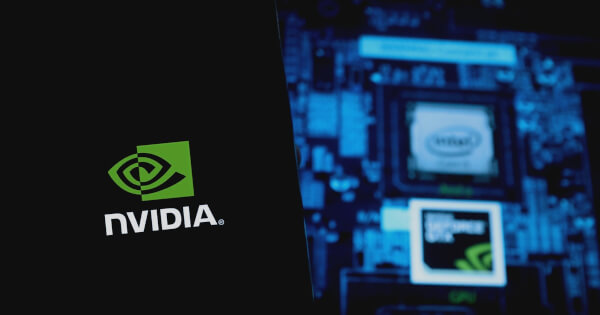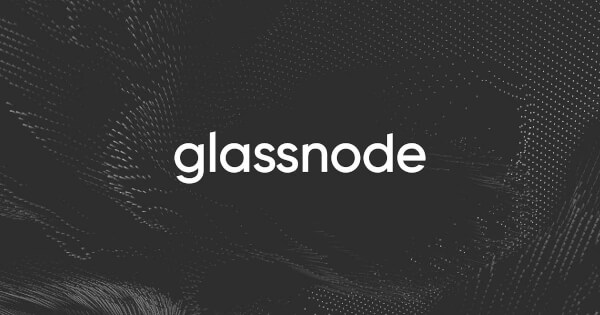
Enhancing Federated Studying: Flower and NVIDIA FLARE Integration
Lawrence Jengar
Mar 24, 2025 12:45
Uncover how the combination of Flower and NVIDIA FLARE is reworking the federated studying panorama, combining user-friendly instruments with industrial-grade runtime for seamless deployment.
The federated studying (FL) panorama is witnessing a big development with the combination of two main open-source programs: Flower and NVIDIA FLARE. This collaboration goals to reinforce the FL ecosystem by merging Flower’s user-friendly design with FLARE’s sturdy, production-ready runtime surroundings.
Flower and NVIDIA FLARE: A Highly effective Mixture
Flower has established itself as a pivotal software within the FL panorama, offering a unified strategy for researchers and builders to design, analyze, and consider FL functions. It boasts a complete suite of methods and algorithms which have fostered a thriving group in academia and business.
Conversely, NVIDIA FLARE is tailor-made for production-grade functions, providing an enterprise-ready runtime surroundings that emphasizes reliability and scalability. By specializing in sturdy infrastructure, FLARE ensures that FL deployments can seamlessly meet real-world calls for.
Integration Advantages
The merging of those two frameworks permits functions developed with Flower to run natively on the FLARE runtime with out requiring code modifications. This integration simplifies the deployment pipeline by combining Flower’s extensively adopted design instruments and APIs with FLARE’s industrial-grade runtime. The result’s a seamless, environment friendly, and extremely accessible FL workflow that bridges analysis innovation with manufacturing readiness.
Key advantages of this integration embody easy provisioning, customized code deployment, examined implementations, enhanced safety, dependable communication, protocol flexibility, peer-to-peer communication, and multi-job effectivity. This integration not solely simplifies the deployment course of but in addition enhances usability and scalability in real-world FL deployments.
Design and Implementation
Each Flower and FLARE share a shopper/server communication structure, using gRPC for communication. This similarity makes the combination simple. The combination course of includes routing Flower’s gRPC messages via FLARE’s runtime surroundings, sustaining compatibility and reliability with out altering the unique software code.
This design ensures easy communication between Flower’s SuperNode and SuperLink via FLARE, permitting the SuperNode to run independently or inside the similar course of because the FLARE shopper, providing flexibility for deployment.
Making certain Reproducibility
One of many crucial elements of this integration is making certain that the performance and outcomes stay unchanged. Experiments performed have proven that the coaching curves from each standalone Flower and Flower inside FLARE align precisely, confirming that message routing via FLARE doesn’t have an effect on the outcomes. This consistency is essential for sustaining the integrity of the coaching course of.
Unlocking New Potentialities
The combination additionally allows hybrid capabilities comparable to FLARE’s experiment monitoring utilizing SummaryWriter. This function permits researchers and builders to watch progress and benefit from FLARE’s industrial-grade options whereas sustaining Flower’s simplicity.
Total, the combination of Flower and NVIDIA FLARE opens new avenues for environment friendly, scalable, and feature-rich federated studying functions, making certain reproducibility, seamless integration, and sturdy deployment capabilities.
For extra detailed insights, learn the complete article on NVIDIA’s weblog.
Picture supply: Shutterstock



